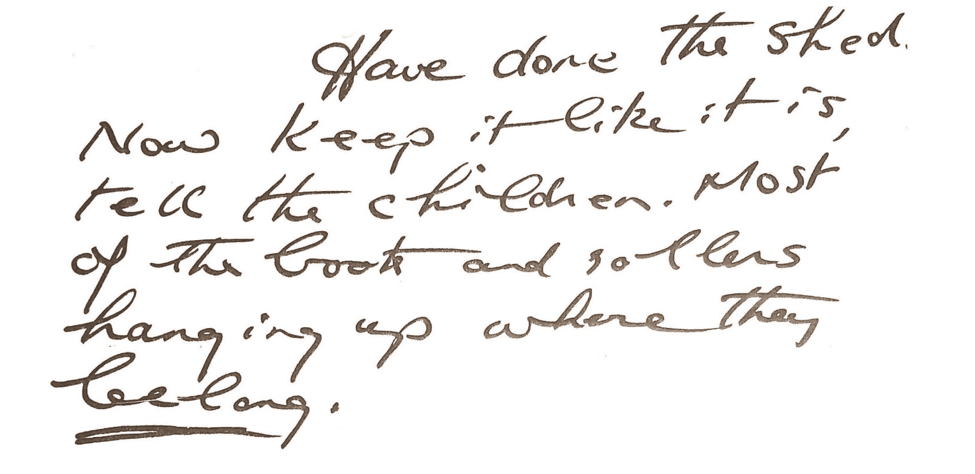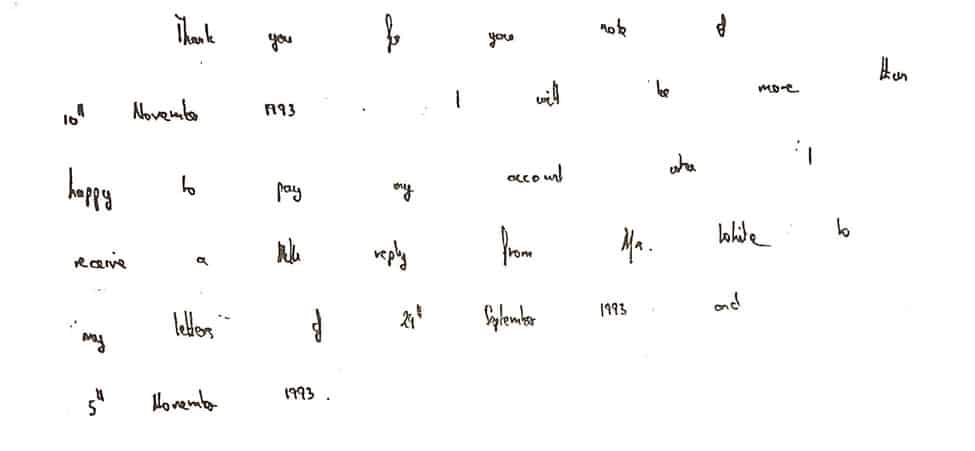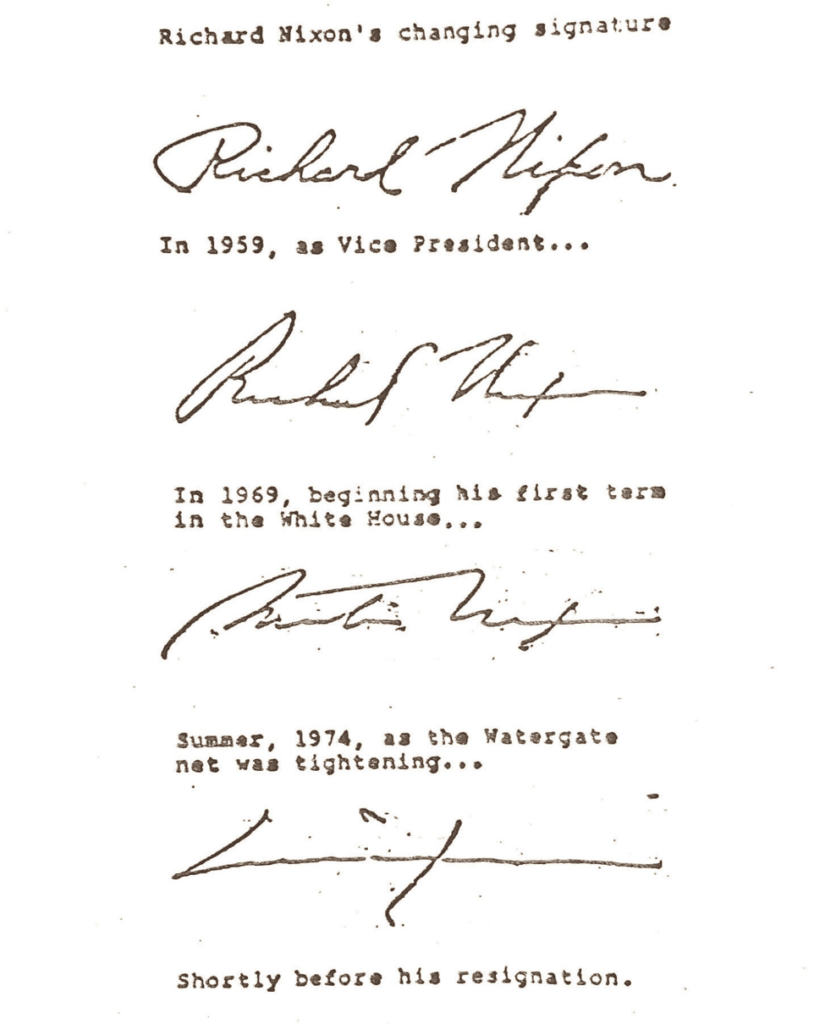February 14, 2019
Congratulations if you’re one of the 22 million people to receive a Valentine’s Day card this year. Despite the Moonpig effect, a Valentine’s card is one of the occasions when people still tend to handwrite their message. Did you know that this handwriting can tell you a lot about the sender’s personality?
Yes, there is an actual science to handwriting analysis, called Graphology. Using this science you can investigate a writer’s personality without them even knowing! Not to make you feel paranoid, but obviously, this goes both ways; if you’ve penned a card or love letter this year then your writing is up for scrutinizing too!
We asked professional Graphologist and Handwriting Consultant, Julie Hinton, to shed some light on the science of graphology.
What is Graphology?
Graphology is the word to describe handwriting analysis and looks at the brain’s subconscious through the medium of writing. The action of writing is initially driven by the brain and our writing will vary slightly according to our mind and body at the time. Everybody’s handwriting is different, none of us write in exactly the same way; like a fingerprint, your script is unique to you.
We were all taught to write in the same way at school – but as we mature and develop through our upbringing and life experiences that have shaped us along the way, our handwriting will take on its own individual and personal style. When a letter or card drops on the doormat, most of us will recognise familiar writing on the envelope and know immediately who the sender is.
Handwriting analysis can be helpful in many different areas: relationships and compatibility, counselling, management development, career guidance and criminal psychology to name a few.
How does it work?
Before they can start a handwriting analysis, a graphologist needs to know whether a person is right or left handed, their gender and approximate age. The writing they are analysing needs to be a page of writing on unlined paper – and obviously, the more writing, the better, together with usual signature/s. Ideally, the sample to be analysed won’t have been written especially for this purpose (so the author is generally not so self-conscious when writing!) but is something that has been written recently. The size, slant (forwards, backwards, upright, or even a mix of all) pressure, capital ‘I’, i-dots, t-bars, connections of letters, margins and the three zones; whether the body of the script rises, is written in a straight line, or goes downhill – all of this is very revealing.
There are over 300 different traits a graphologist will look for when conducting a handwriting analysis, some of which can be seen at first glance, for example, is it large or small writing? Others are more subtle to discern.
As an example of what can be gleaned about a person, the samples below show two very different characters: the first enjoys attention and holds strong views and lively opinions, is outgoing, energetic, expressive, friendly and enjoys the company of others.

The second sample shows a person who is rather isolated and inhibited, the writer doesn’t actually need other people, is somewhat distrustful, shy, meticulous and detailed; definitely one who needs to feel quietly in control.

What can affect a handwriting analysis?
Although the main structure of an adult person’s writing remains the same, different circumstances may temporarily alter it; for example, when receiving good or bad news, where a piece was written whilst jolting along on a train, or when a person is under pressure, or unwell. To the graphologist, the basic writing construction is still evident and there are plenty of clues as to the permanent features, as well as the temporary traits that may have occurred.
An excellent example of this is the former President Nixon’s signature, as it deteriorates as he becomes increasingly under pressure:

Many will have heard the expression ‘Life is but a page on which we write’; this is certainly true of handwriting analysis. How you cover the page gives the analyst all the clues they need to show how you move in the world.

Julie Hinton is a Graphologist and Handwriting Consultant. She offers character assessments and talks for corporate events and special occasions. Get in touch with her:
juliehinton2@gmail.com | 07919 842123

